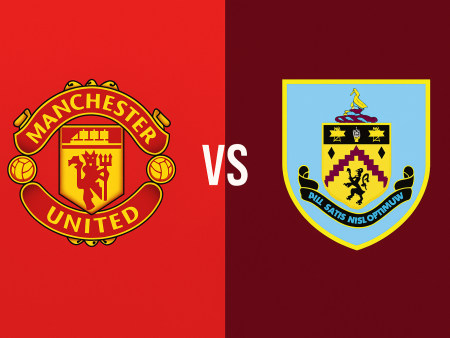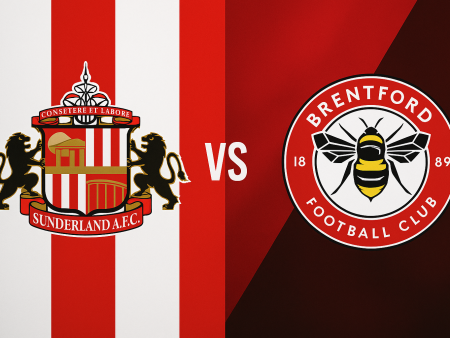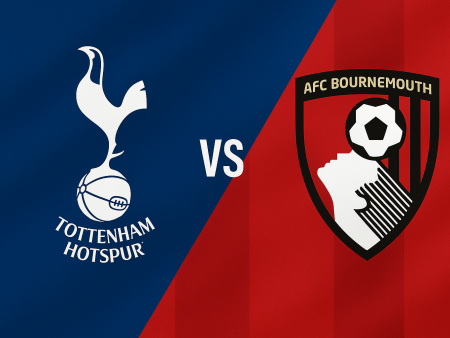David Moyes and the West Ham United Revolution: Tactical Insights from the 2021-22 Season
David Moyes has engineered a remarkable resurgence at West Ham United, transforming the Hammers from mid-table regulars into genuine contenders both domestically and in Europe. Building on the momentum from a sixth-place Premier League finish in 2020-21, Moyes has further cemented his legacy at the London Stadium with tactical acumen, player development, and an impressive team culture. This in-depth analysis explores the key tactical principles and innovations behind West Ham’s impressive 2021-22 campaign under Moyes.
The Moyes Blueprint: Recruitment and Revival
Moyes’ impact at West Ham goes beyond matchday tactics. His influence is evident in the squad’s evolution and the significant improvement of individual players. Under his stewardship, Declan Rice has evolved into one of the most complete midfielders in world football. Savvy signings such as Tomas Soucek, Vladimir Coufal, Kurt Zouma, and the successful loan of Jesse Lingard last season have fortified the squad, while homegrown talents and signings like Jarrod Bowen, Pablo Fornals, and Michail Antonio have reached new heights, each adapting and thriving within Moyes’ system. The Hammers have improved not just in results but in versatility, resilience, and a dynamic style of play tailored to take on England’s elite.
Preferred Formation: Structured 4-2-3-1 with Tactical Flexibility
Central to West Ham’s identity under Moyes has been the 4-2-3-1 formation. While the team occasionally shifts to a more defensive 5-4-1 or 3-4-2-1 for particularly tough opponents, the 4-2-3-1 remains the tactical foundation. Defensively, this structure often morphs into a 4-4-2 or 4-4-1-1, allowing the attacking midfielder to support Antonio in pressing high up the pitch. In attack, full-backs like Aaron Cresswell and Vladimir Coufal alternate forward runs, creating numerical superiority in wide areas and enabling inverted wingers to threaten central areas near the opposition’s box.
This tactical discipline ensures West Ham remain hard to break down while retaining the flexibility to press aggressively or flood forward in transition when opportunities arise.
Key Personnel and Positional Duties
Moyes’ approach prioritizes balance and clarity of roles across the pitch:
- Centre-Backs: Craig Dawson, Kurt Zouma, and Issa Diop have provided defensive stability, especially in the absence of Angelo Ogbonna due to injury. Ben Johnson’s emergence has added further depth in the full-back areas.
- Full-Backs: Aaron Cresswell offers distribution and crossing on the left, while Coufal or Johnson on the right bring both defensive resilience and attacking thrust.
- Central Midfield: The Rice-Soucek partnership has been near ever-present. Rice orchestrates transitions and dictates tempo with ball progression and passing range, while Soucek provides box-to-box energy and aerial prowess, balancing defensive tasks with timely runs into the attack.
- Attacking Trio: Jarrod Bowen and Pablo Fornals flank the central attacking midfielder (often Lanzini or Benrahma), interchanging positions to exploit spaces between lines. Antonio leads the line as a dynamic striker, combining hold-up play, pace, and movement to create space and chances both for himself and teammates.
Dynamic Attack: Counter-Attacks, Transitions, and Set-Piece Excellence
West Ham’s attack is built on rapid transitions, efficiency in possession, and a direct approach tailored to the team’s strengths. Despite averaging just 47.7% possession, the Hammers have been among the league’s most prolific counter-attacking and set-piece teams.
- Counter-Attacking: Quick recoveries spark forward runs from Antonio, Bowen, and others. Antonio’s movement channels defenders wide, allowing his teammates to surge into central gaps. This reactive style has yielded a Premier League-high of six counter-attacking goals this season.
- Set-Piece Threat: With aerially powerful players like Dawson, Soucek, and Zouma, the Hammers have been lethal from dead-ball situations, amassing 13 goals from set pieces.
- Open Play Variety: Bowen’s ability to cut inside and combine with marauding full-backs, along with Rice’s line-breaking drives, enables sustainable open-play threat-28 open-play goals have matched the output of top attacking teams such as Arsenal.
Declan Rice’s influence is especially noteworthy, as he transitions defense into attack, both by carrying the ball forward and through incisive passing. Even when disrupting opposition shape, the midfield maintains enough discipline to secure the rest defense, ensuring stability during attacking ventures.
Defensive Cohesion: Block Structures and High-Effort Pressing
Defensive organization is a cornerstone of West Ham's recent success. Out of possession, the team lines up in a compact 4-4-2 or 4-4-1-1 mid-block, occasionally pressing high in a 4-2-4 shape when seeking to disrupt opposition build-up. Key defensive traits include:
- Efficient Pressing: Contrary to perceptions, West Ham’s press is well-drilled, with Antonio and the attacking midfielder leading high-pressure efforts. Wingers such as Bowen and Fornals adeptly track opposition full-backs and screen passing lanes, often forcing opponents to play centrally where Rice and Soucek can regain possession.
- Compactness: Full-backs remain within the width of the penalty area, supporting the midfield and limiting penetration through the center. Wide players tuck inside and venture out as needed to pressure opposition in wide channels.
- Aerial and Positional Strength: The likes of Kurt Zouma (73% aerial duel success, 5.9 clearances per 90 minutes) and Rice (87 interceptions-the league’s highest) underpin West Ham’s ability to defend crosses and repel direct attacks.
Sustained Progress and Lasting Impact
David Moyes' transformation of West Ham is reflected not just in results, but in the cohesion, adaptability, and resilience of his squad. The Hammers have continued to challenge for European places and remain a force in cup competitions, including a deep UEFA Europa League run. Moyes’ tactical philosophy blends disciplined defense with swift, purposeful attacks, and his emphasis on player development has turned previously underrated talents into genuine Premier League standouts.
No matter the final outcome of their European adventure, West Ham’s 2021-22 season will be remembered as one of the club’s finest in the modern era-a testament to managerial excellence and collective commitment on and off the pitch.













